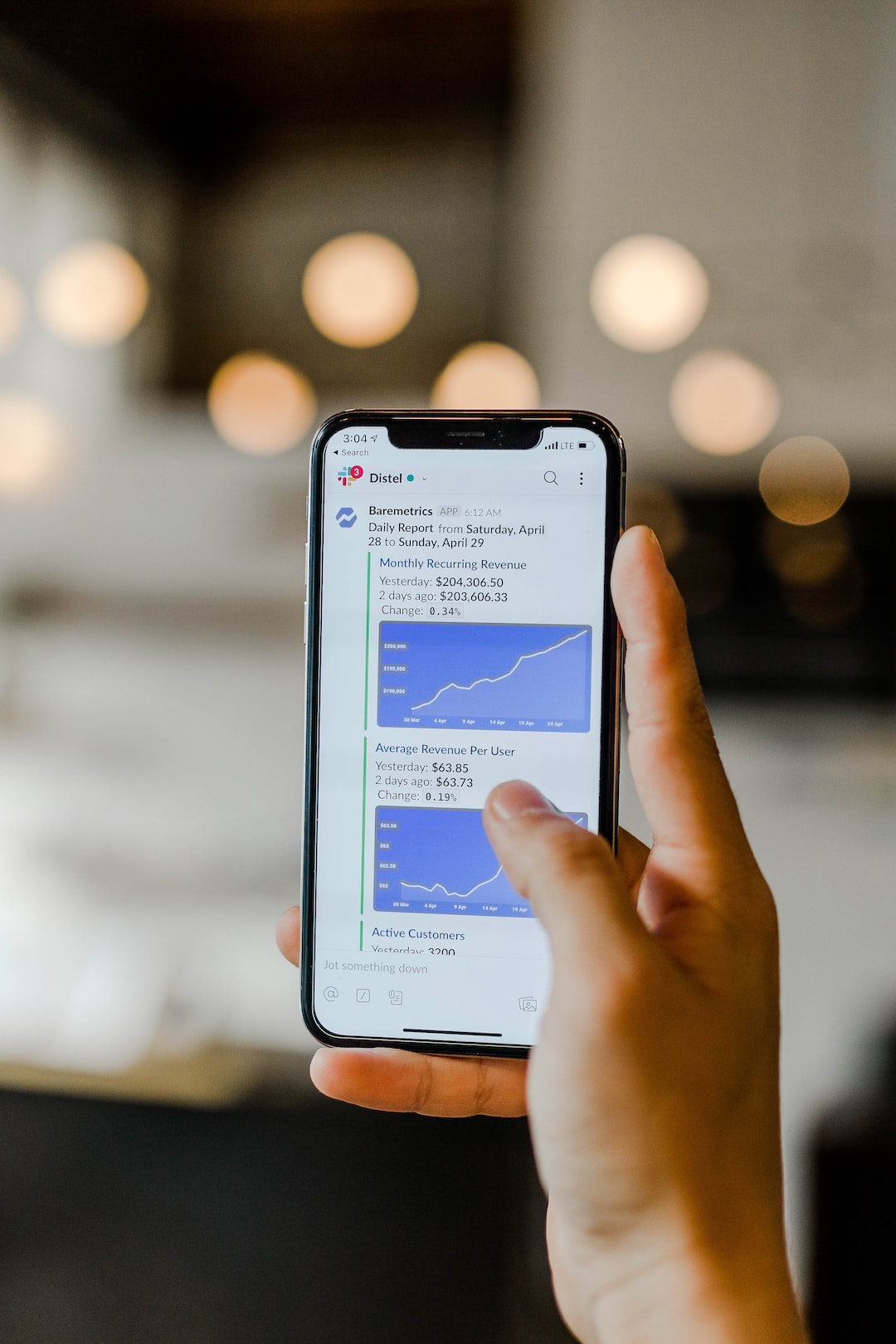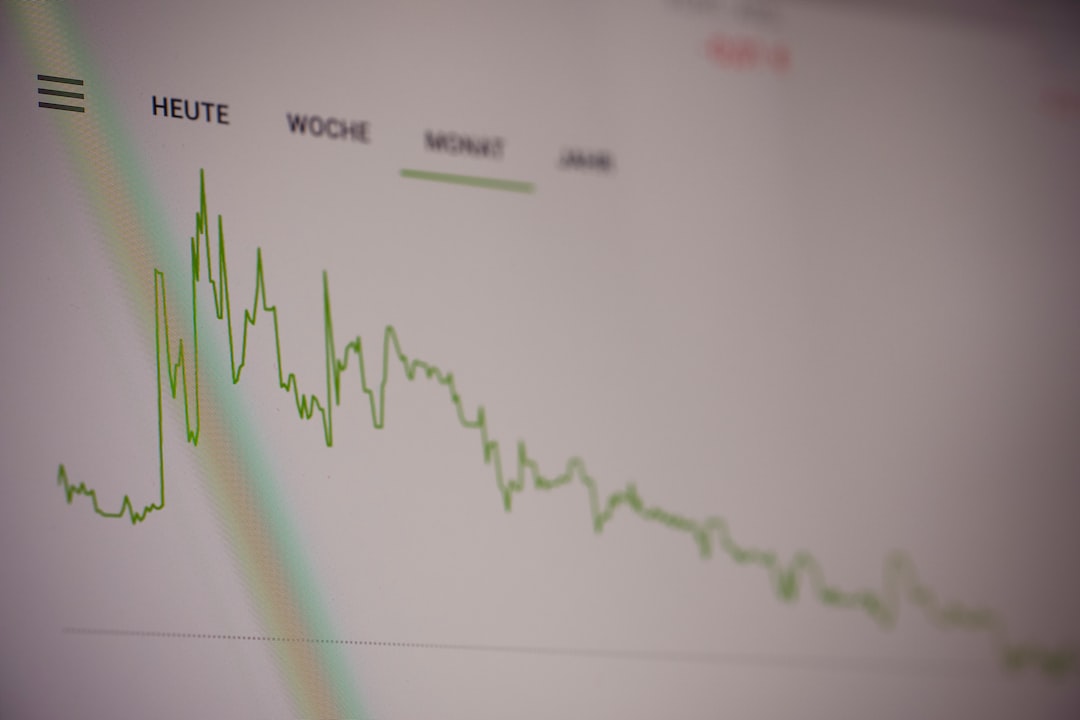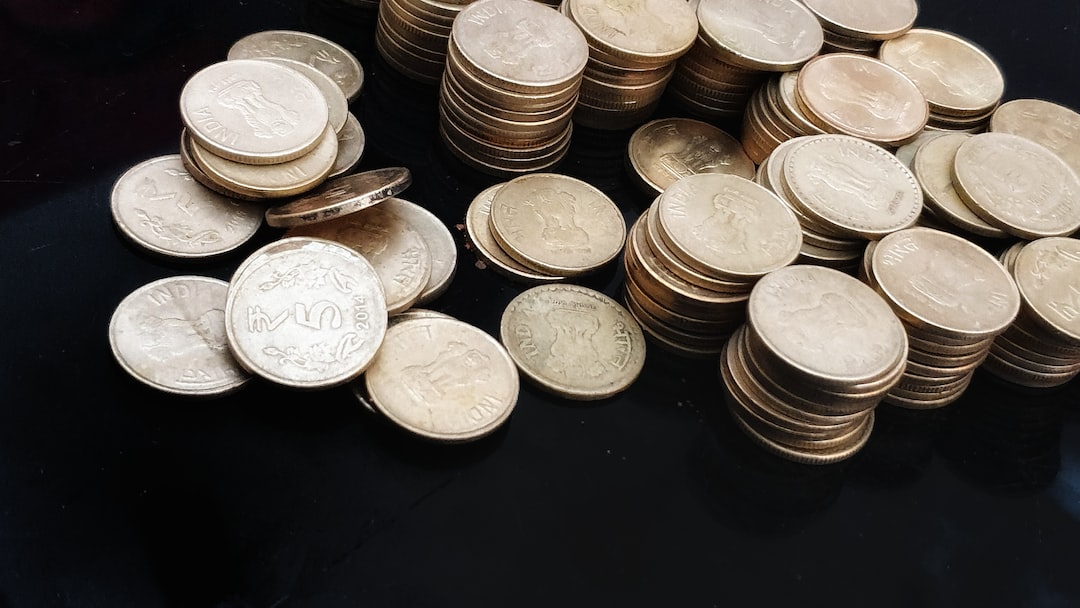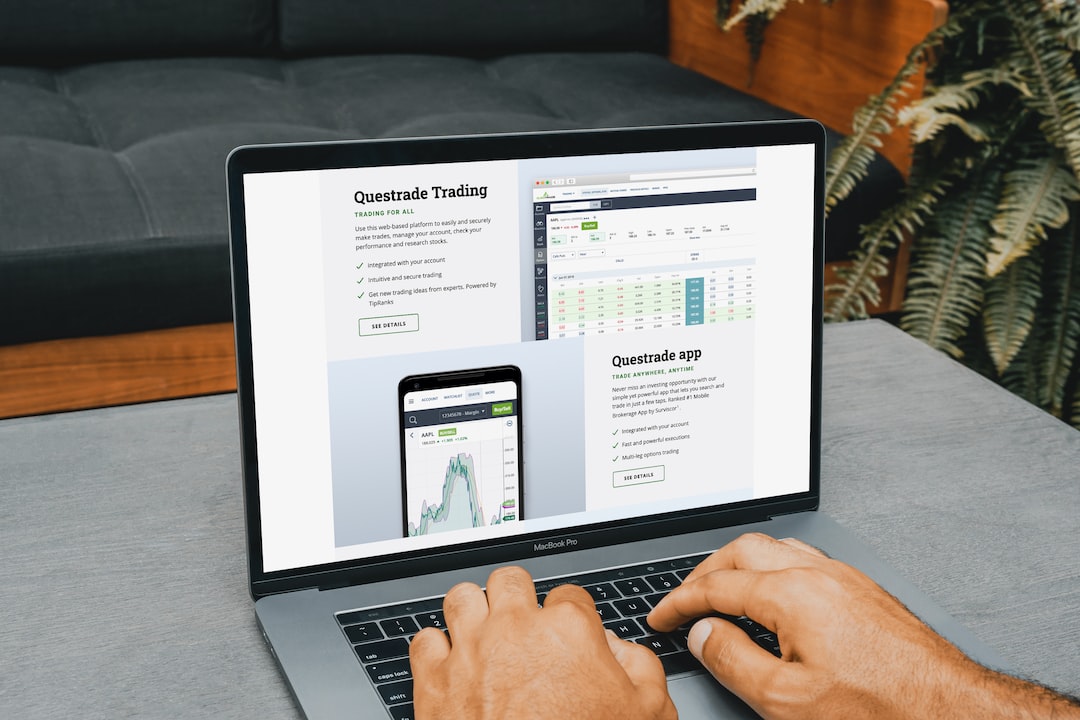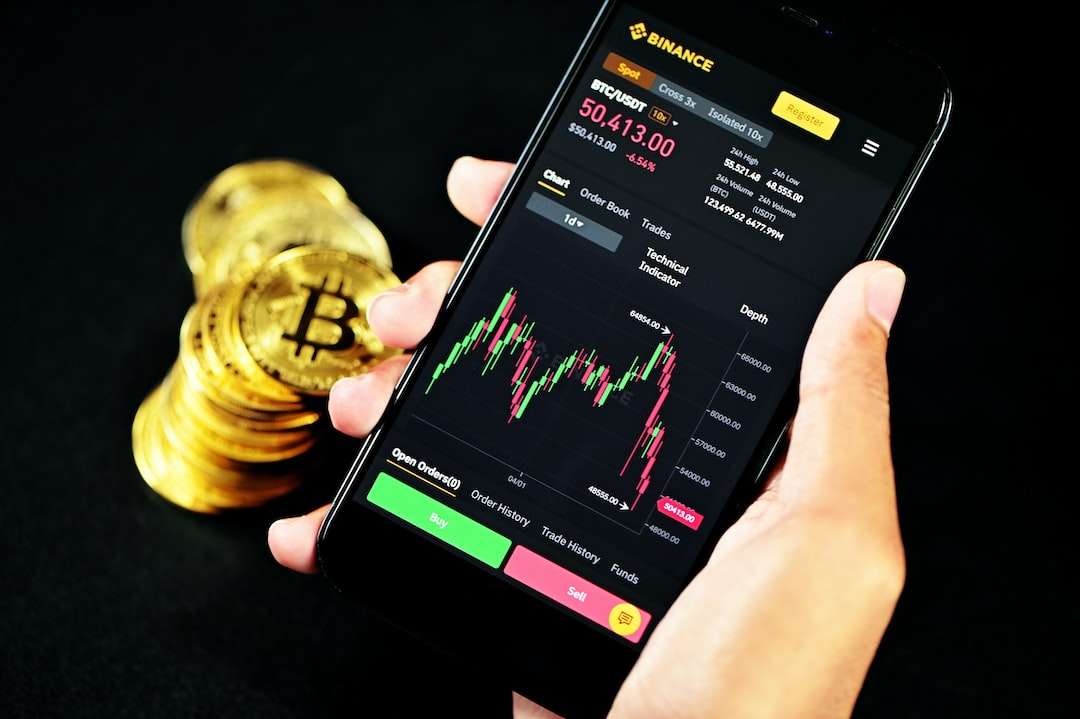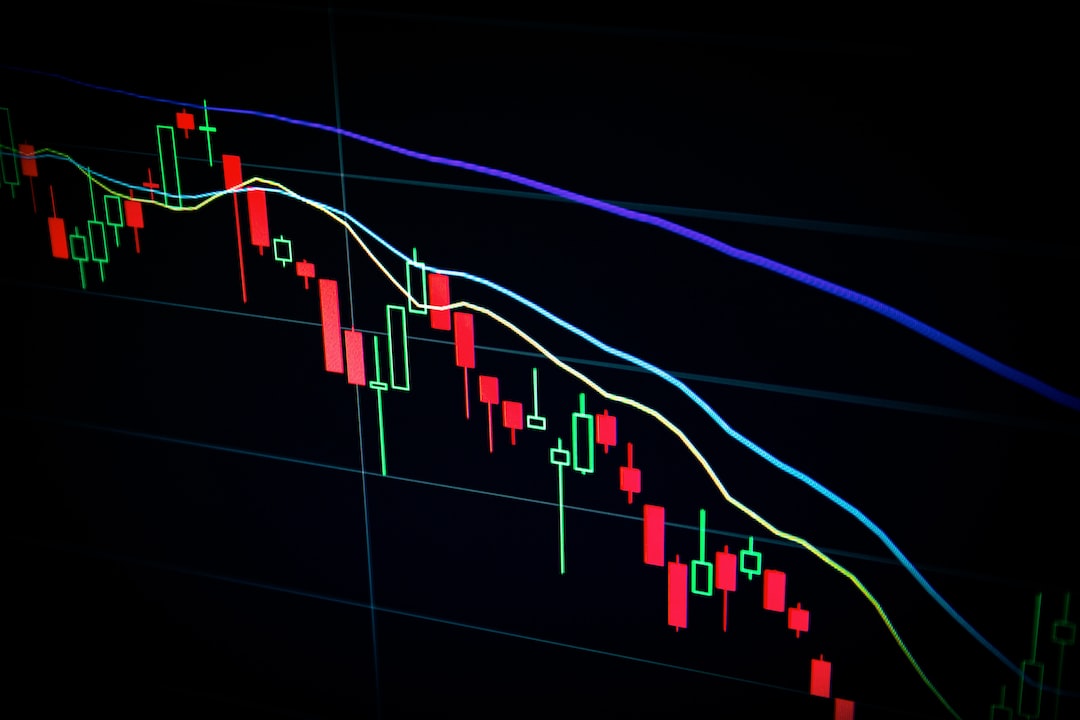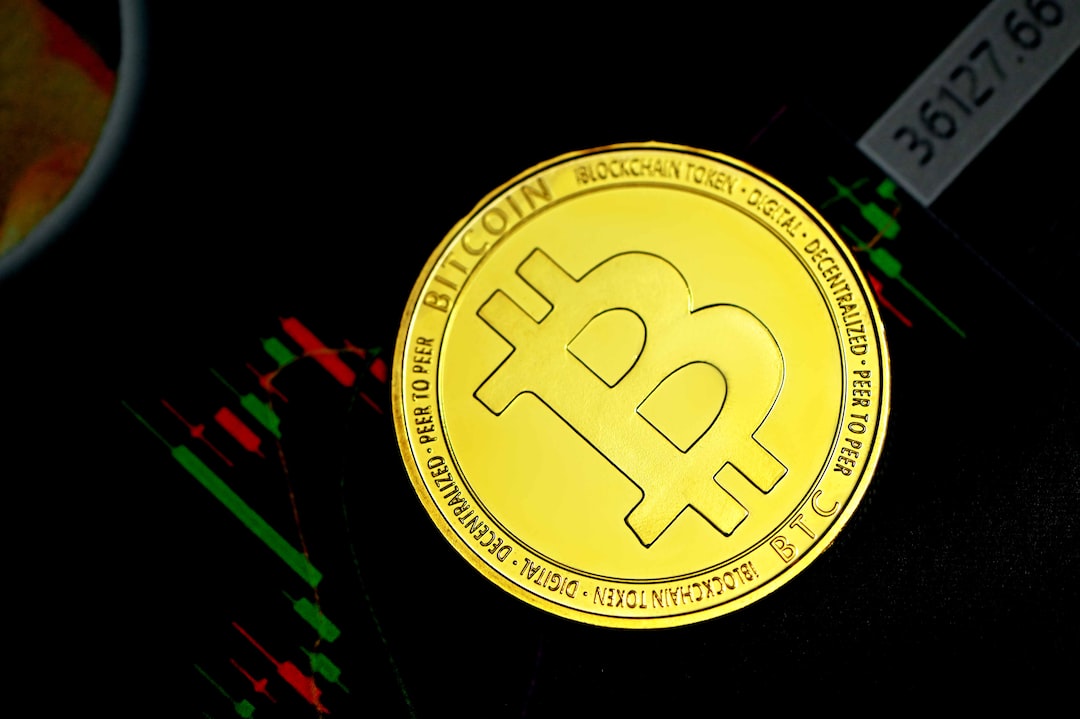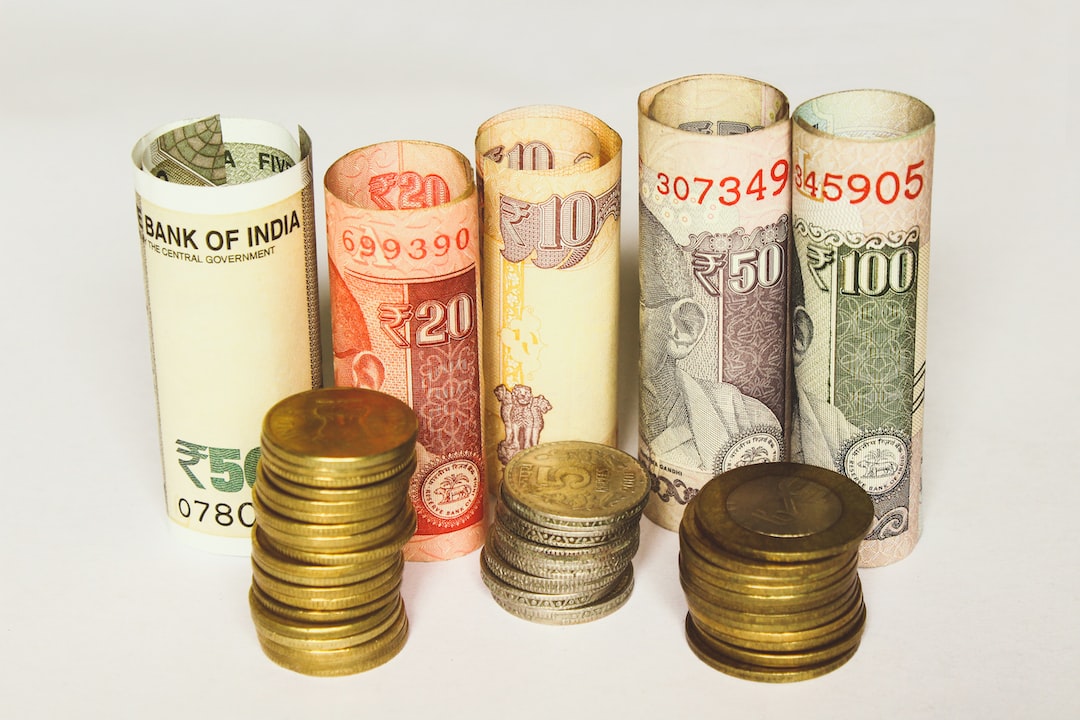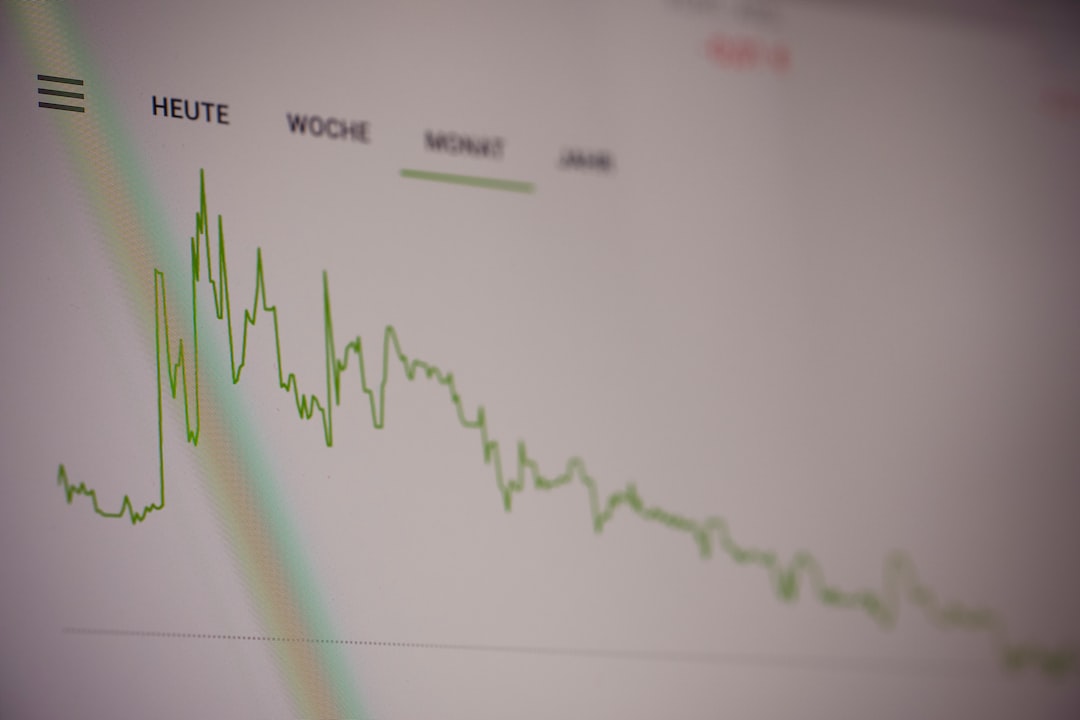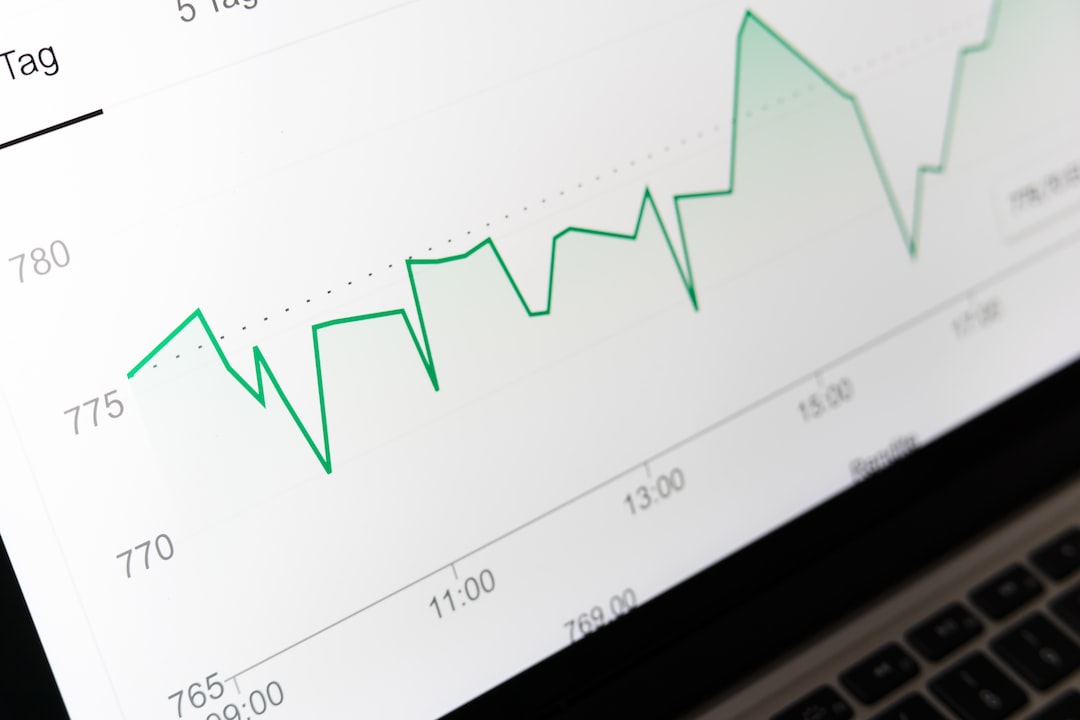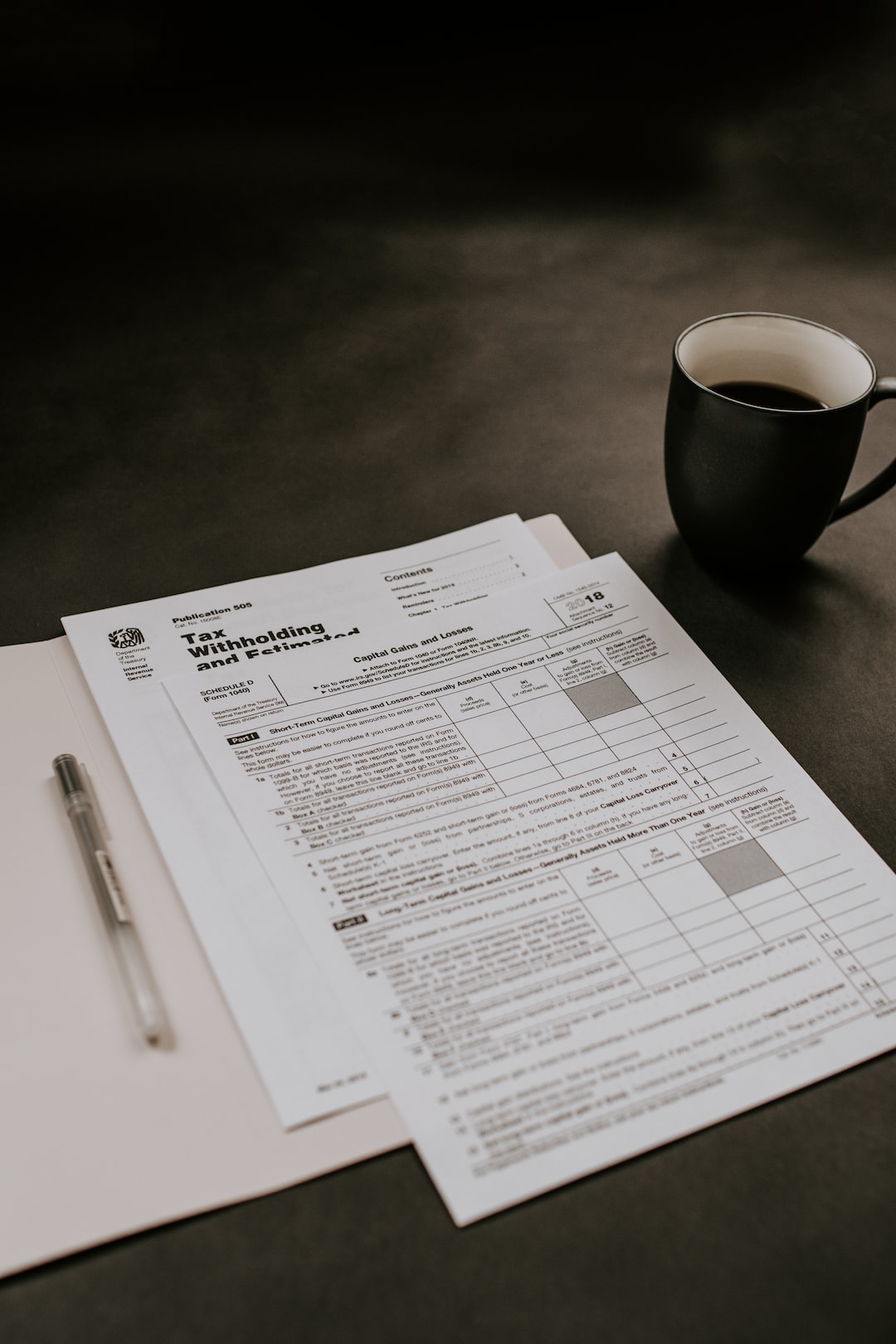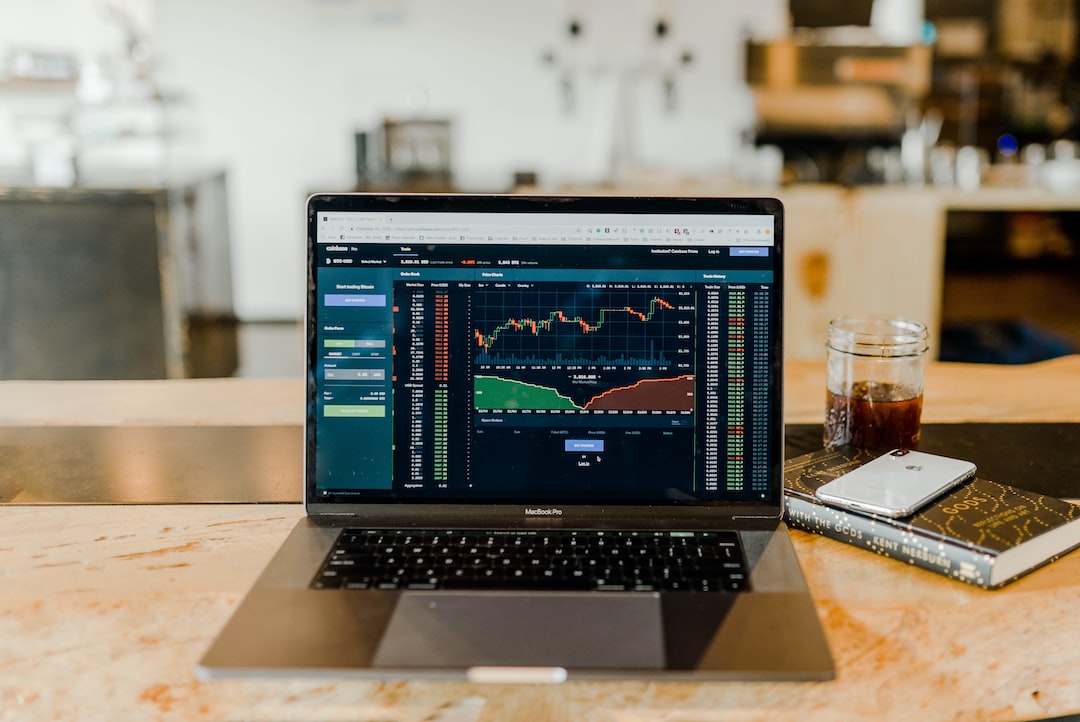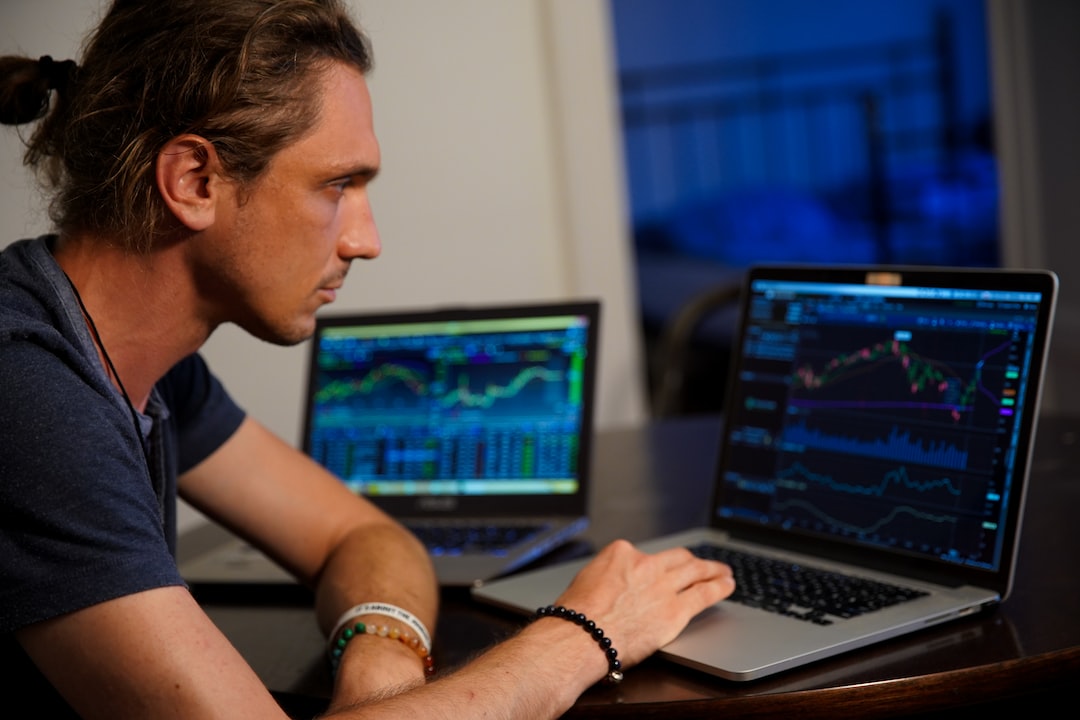Halal Forex vs. Conventional Forex: What’s the Difference?
Forex trading, also known as foreign exchange trading, has gained immense popularity in recent years. It is a decentralized market where currencies from around the world are traded. Forex trading offers numerous opportunities for investors to make profits by speculating on the rise or fall of currency exchange rates. However, for Muslim investors, there is an additional consideration when it comes to engaging in Forex trading – adhering to Shariah law.
Shariah law, derived from the Quran and the teachings of the Prophet Muhammad, governs all aspects of a Muslim’s life, including financial transactions. Forex trading, in its conventional form, involves elements such as interest payments and speculative practices that are considered haram (forbidden) according to Islamic principles. To address this, a concept known as Halal Forex has emerged, which aims to provide a Shariah-compliant alternative for Muslim investors.
The main difference between Halal Forex and conventional Forex lies in the way trades are executed and the compliance with Islamic principles. In conventional Forex trading, interest payments, also known as swap or rollover fees, are charged on positions held overnight. These fees are based on the difference in interest rates between the two currencies being traded. Since earning or paying interest is strictly prohibited in Islam, Muslim investors cannot engage in conventional Forex trading.
To make Forex trading permissible for Muslims, Halal Forex follows a different approach. Instead of charging or paying interest, Halal Forex employs a concept called “Islamic accounts” or “swap-free accounts.” These accounts are designed to eliminate any element of interest from the trading process. In an Islamic account, positions held overnight are not subject to swap fees, and any profits or losses are based solely on currency price movements.
In addition to the elimination of interest, Halal Forex also focuses on avoiding speculative practices that are considered haram. Islam encourages fair and ethical business practices, discouraging any form of gambling or excessive risk-taking. Halal Forex trading adheres to these principles by promoting a more conservative and disciplined approach to trading. It emphasizes the importance of conducting thorough research, analyzing market conditions, and making informed decisions based on fundamental and technical analysis.
Another aspect that sets Halal Forex apart is the issue of uncertainty or gharar. Islam discourages transactions that involve excessive uncertainty or ambiguity, as it goes against the principle of transparency and fairness. In conventional Forex trading, there is an inherent level of uncertainty due to the volatile nature of currency markets. However, Halal Forex aims to minimize this uncertainty by promoting transparency and providing clear guidelines on permissible trading practices.
To ensure compliance with Shariah law, Halal Forex brokers often work closely with Islamic scholars or financial advisors who specialize in Islamic finance. These experts provide guidance and supervision to ensure that the trading activities are in accordance with Islamic principles. They also certify the brokers and their products as Shariah-compliant, giving Muslim investors the assurance that their investments are Halal.
It is important to note that the concept of Halal Forex is not without its critics. Some argue that Forex trading, even in its Halal form, involves a level of speculation and risk that may contradict the principles of Islam. They believe that engaging in any form of trading, regardless of its compliance with Islamic law, can lead to excessive greed, gambling-like behavior, and a departure from the true spirit of Islamic finance.
In conclusion, the difference between Halal Forex and conventional Forex lies in their compliance with Islamic principles. Halal Forex aims to provide a Shariah-compliant alternative for Muslim investors by eliminating interest payments and promoting transparency and ethical trading practices. However, the concept of Halal Forex is not without controversy, and there are differing opinions within the Muslim community regarding the permissibility of Forex trading. Ultimately, it is up to individual investors to seek guidance from Islamic scholars and make an informed decision based on their own understanding and beliefs.

